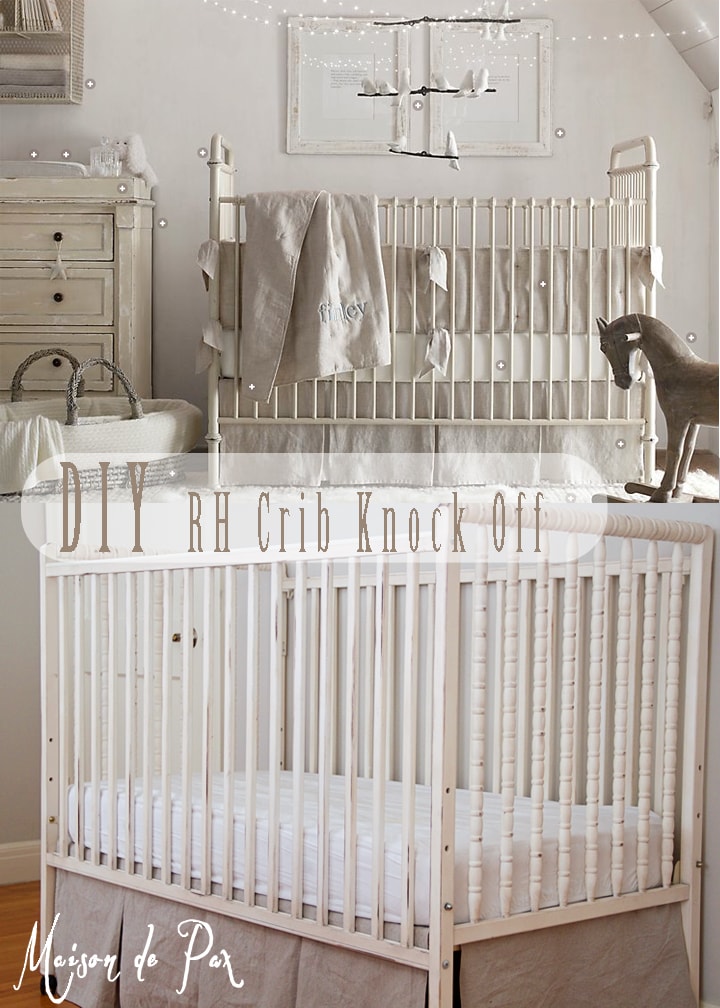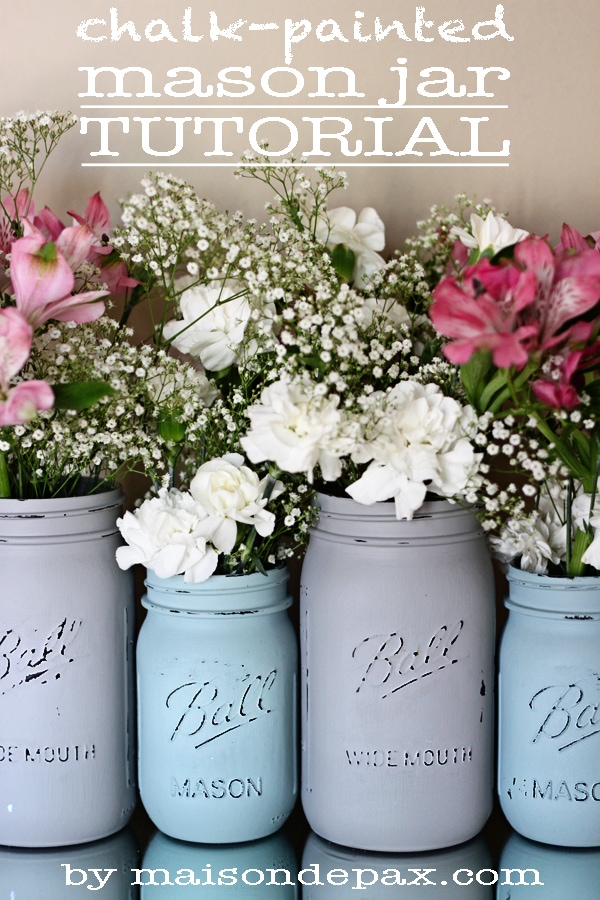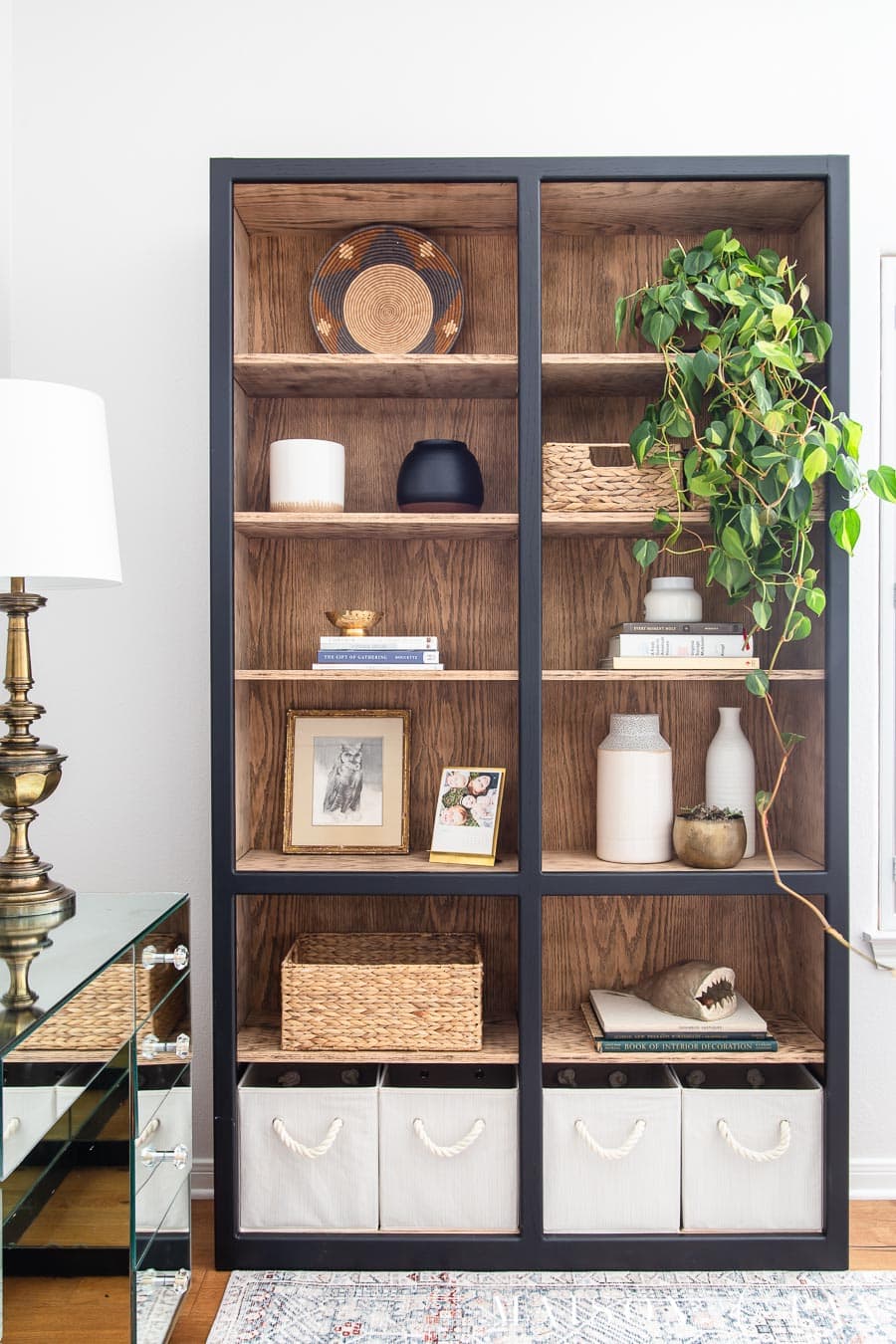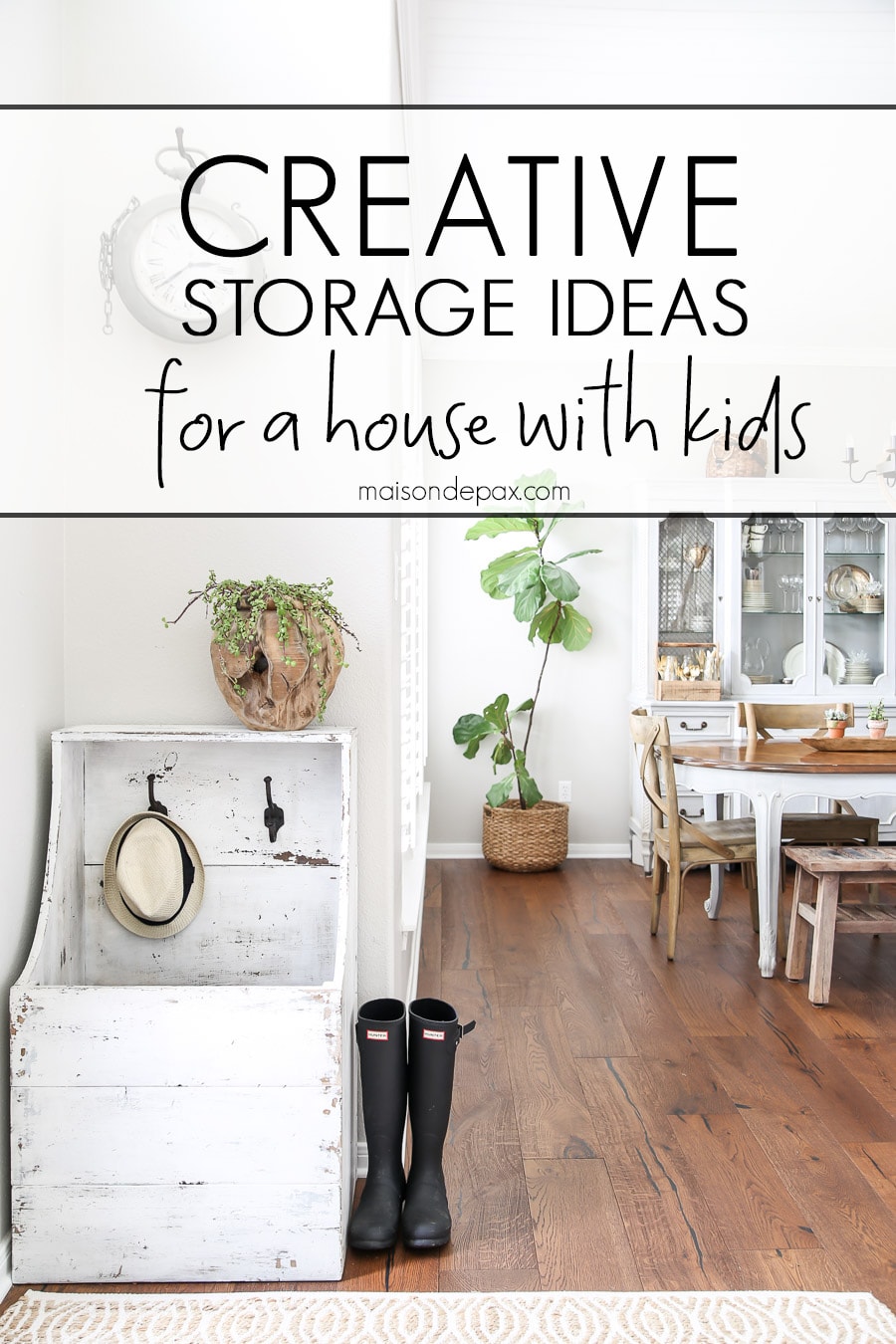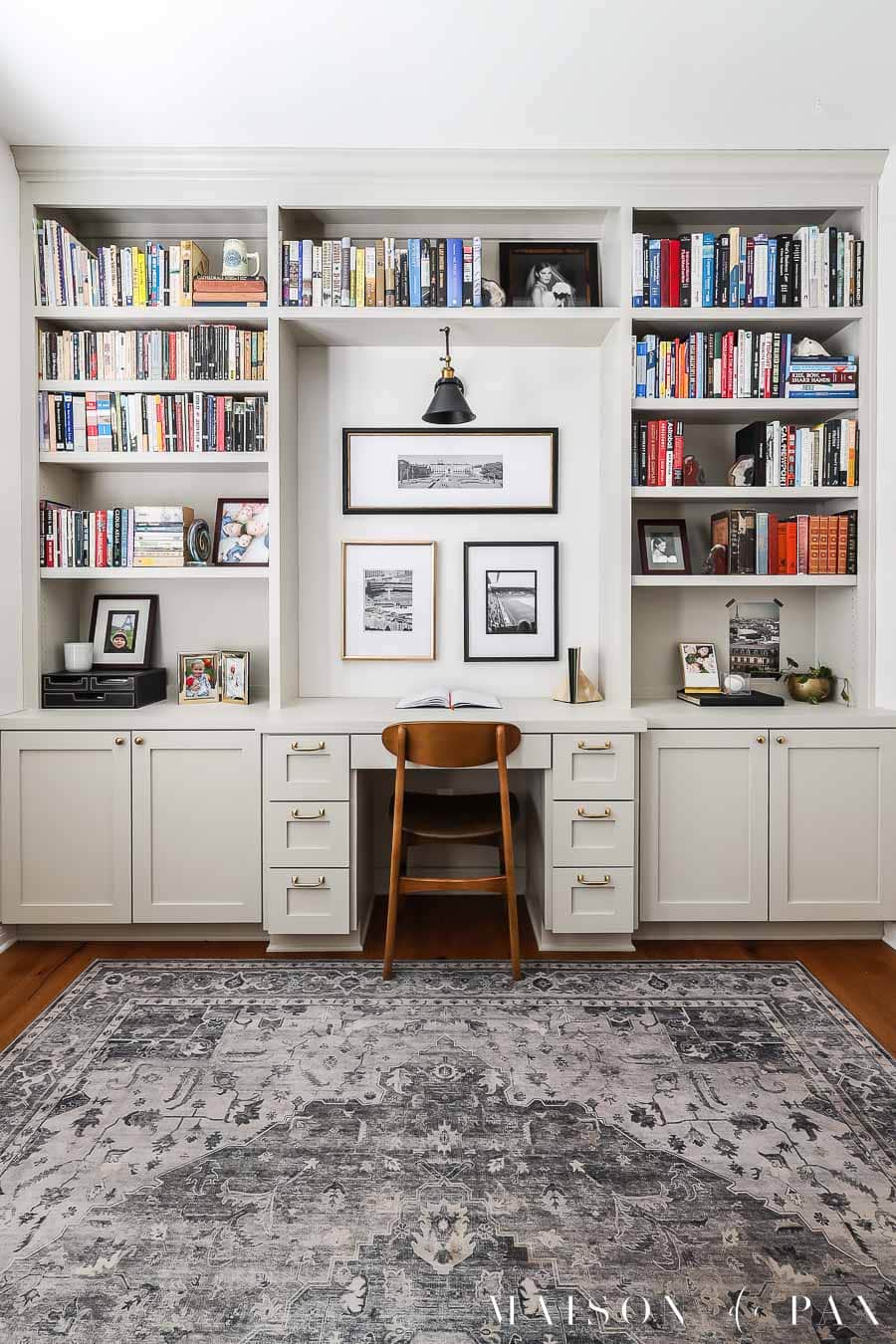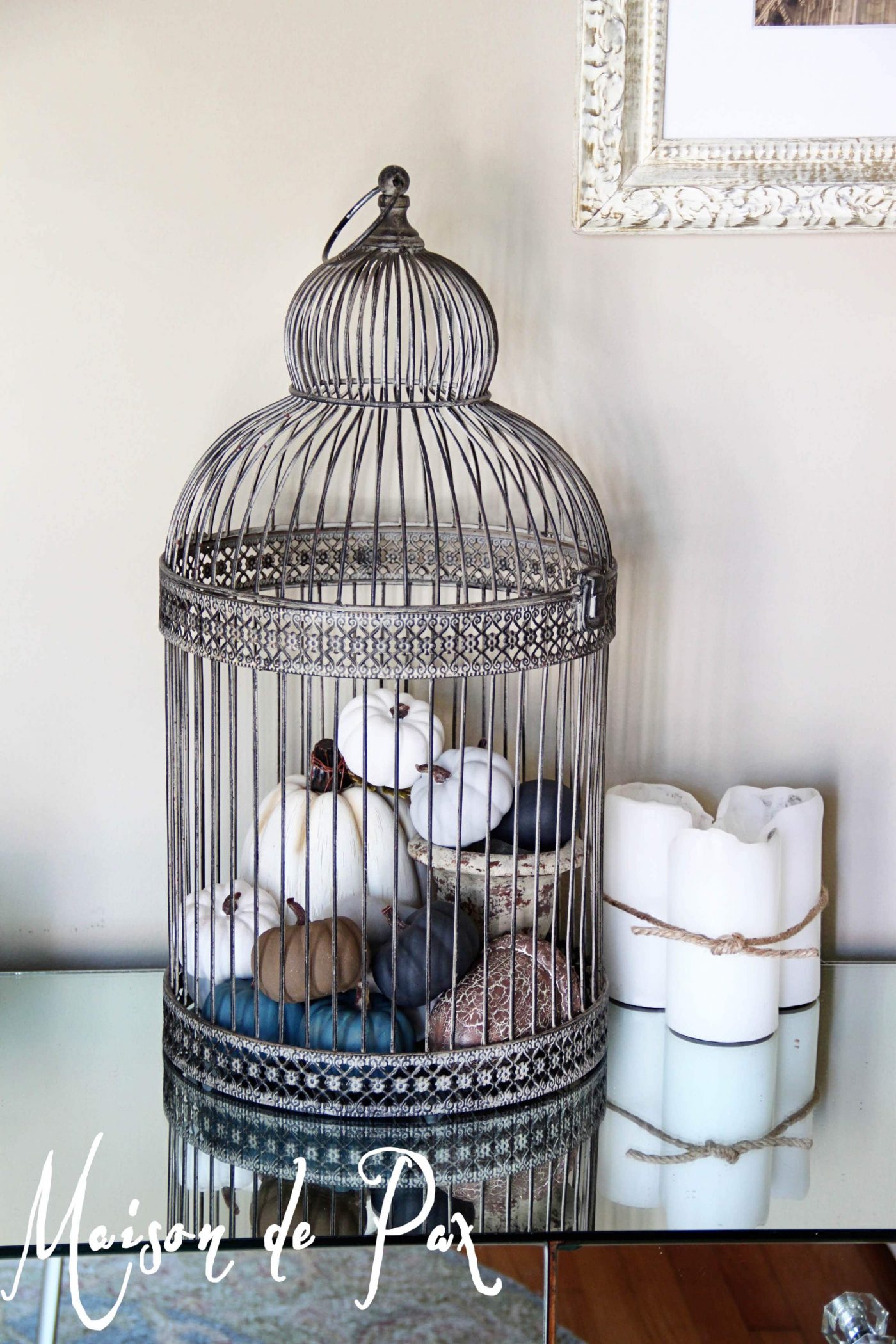As you may know, our most recent DIY project was a new floor in our upstairs office:
A quick backstory: we had an addition (built by previous owners) to our 1940 colonial that had some issues. Though the foundation was solid (thankfully!), the floor was built following the slope of the previous porch roofline (as this was built above an enclosed sun porch).
The result was not only a floor that sloped significantly towards one corner of the room but also a feeling of vertigo when you walked in there. Seriously. It was that bad.
Thankfully, as I explained here, my brilliant husband managed to solve the problem, level the floor, and install a sturdy new subfloor. Awesome. Next on the list: choose flooring. In the search process, I learned a few things about flooring options that many of you may already know, but I thought the info might be helpful to some of you…
If you want your floors to look like wood, you have four options:
- laminate
- click and lock engineered (“click hardwoods”)
- glue or nail down engineered (“engineered hardwoods”)
- solid hardwoods
Laminate is nothing but plastic that looks like wood. They basically take a picture of wood and put it on strips of flooring. There are actually some really beautiful laminates out there, but if you want real wood, this is not the option for you.
Click Hardwoods are a thin layer of real wood (it’s basically a veneer, like you see on furniture) on top of an MDF (fake cardboard-like stuff) base that is made with a nifty tongue-and-groove-like system. Each piece slides into the one before it, allowing you to connect the entire floor together. This type of floor is not nailed or glued down to the sub flooring; it simply is connected like a big woven mat and sits on top of your sub flooring (but under baseboards and quarter round, just like traditional wood floors). The names are a bit tricky because technically they are also engineered hardwoods, but they are different from the next one on the list…
Engineered Hardwoods are also a veneer, but these are made with a plywood base, and they have to be nailed or glued in place.
Solid Hardwoods are literally strips of wood, usually with some kind of tongue and groove so they fit together well, that you glue and/or nail in place. These can be bought pre-finished (with the color and sheen that you choose) or raw, which you would have to stain and seal once installed.
Of your real-wood options, solid hardwoods are obviously the most durable, as they can be sanded down and refinished many times. Many “engineered hardwoods” (the ones with the plywood bases) can also be refinished once or twice, though, because they are made with fairly thick veneers. Click hardwoods, for the most part, cannot be refinished, unfortunately, as their veneer is quite thin and the MDF underneath is not as durable.
However, click hardwoods are unmatched in their ease of installation. Mr. Pax and I put them into a very large bedroom (including some tricky work in a closet and around a corner) in our old home, and even though we had no idea what we were doing, we managed to finish in a day:
Do you recognize some of my things from my
new guest room reveal, by the way? Anyway, we were able to complete the office floor this time in just a few hours. For what it’s worth, I’m naturally much more drawn to dark floors like the one in the picture above, but our current home has original hardwoods throughout (save only the kitchen), all in this butterscotch color:
And though it may not be my favorite color, they’re in excellent condition, and with close to 3000sf of them, we’re not about to refinish them all. So butterscotch it is. We considered going dark brown in the study since it wouldn’t match exactly anyway, but after bringing samples home, we decided that something at least in the same color family as our current floors really looked best. So here we are:
Several days of planning and work went into leveling the floor, but the click hardwood installation was easy and fast. Since this upstairs office is probably the lowest trafficked room in the home, we’re not worried about the durability factor, and for the ease and price, it was the right choice for us. Soon I will (hopefully!) have the room painted and put back together to give you a full reveal of the gorgeous new floors… We’ll see. 😉
How about you? Have you redone any floors in your home? What did you choose?






